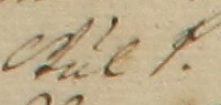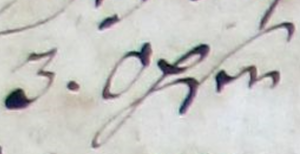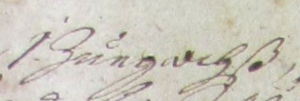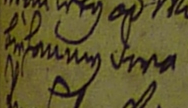is an ox (Ochse in German), an animal used for drawing or as a source of meat. We can also see a variant with the adjective tažný, meaning „draught“; the German is also using the word Zugeochse (draught ox), combining, in the best tradition of the German language, an adjective and a noun in one word.


The number of horses or oxen used for drawing was already listed in the berní rula (1654) for all farms. The choice of whether a farmer kept horses or oxen depended on various factors. Oxen were strong but slow. Horses were more expensive and also more prestigious. Some areas with heavy and clay soil required strong animals for ploughing, so the choice was oxen. Horses were sufficient for cultivating black earth or sandy soils. Some peasants used oxen for two or three years for ploughing, then sold them and bought new ones.
In some periods, oxen were also preferred under the influence of external circumstances. During the Thirty Years‘ War, for example, soldiers often stole horses to use them for transporting themselves or provisions. Peasants therefore preferred oxen.


Sometimes you will find the term běhoun in land books. It is a small or young ox. Modern dictionaries do not know this meaning and offer translations such as runner, tread or cursor.

